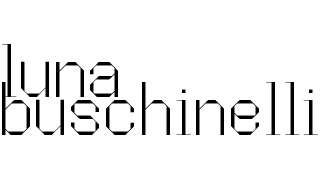[OVERLOAD - 2024]
spray and acrylic paint on canvas, 200 x 150 cm.
Overload seeks to propose a conceptual imagery reflection on the impacts of hyperconnectivity on contemporary subjectivity. Through the figure of the collapsing cyborg girl, the artist evokes discussions that orbit between the fields of art, technology and social psychology, anchoring herself in references such as the Cyborg Manifesto by Donna Haraway and the symbolic logic of games such as Undertale, by Toby Fox.
The work itself was born out of the need to visually represent an emotional and mental state that is increasingly common in contemporary society: overload. Through the figure of a cyborg girl in systemic failure, the work explores human exhaustion in the face of the avalanche of stimuli generated by digital hyperconnectivity.
The choice of the cyborg figure is no accident. Inspired by Donna Haraway's Cyborg Manifesto(1985), the artist works with the idea that there are no longer rigid boundaries between human and machine. Technology, incorporated into our bodies, routines and relationships, shows that we are all, to a certain extent, hybrid entities nowadays. The cyborg thus becomes a powerful metaphor for discussing the ontological transformations of the contemporary subject.
In addition to Haraway's theoretical reference, the work dialogues with the symbolic universe of games, especially the game Undertale. The character Flowey, right at the start of the game, utters the phrase: "In this world, it's kill or be killed." This binary and aggressive logic is transposed here as a critique of the culture of competitiveness and mental exhaustion promoted by today's social and digital dynamics.
Overload also establishes a link with studies on burnout, a term originally linked to the workplace, but which today covers broader spheres of existence. The book points to a type of exhaustion that transcends the professional, affecting the affective, cognitive and emotional. The girl's system is breaking down - and maybe ours is too.
Therefore, Overload is not just a visual critique: it is a denunciation and an invitation to reflection. The work is part of the field of art as resistance, proposing a symbolic pause for us to rethink our forms of connection, productivity and existence.



